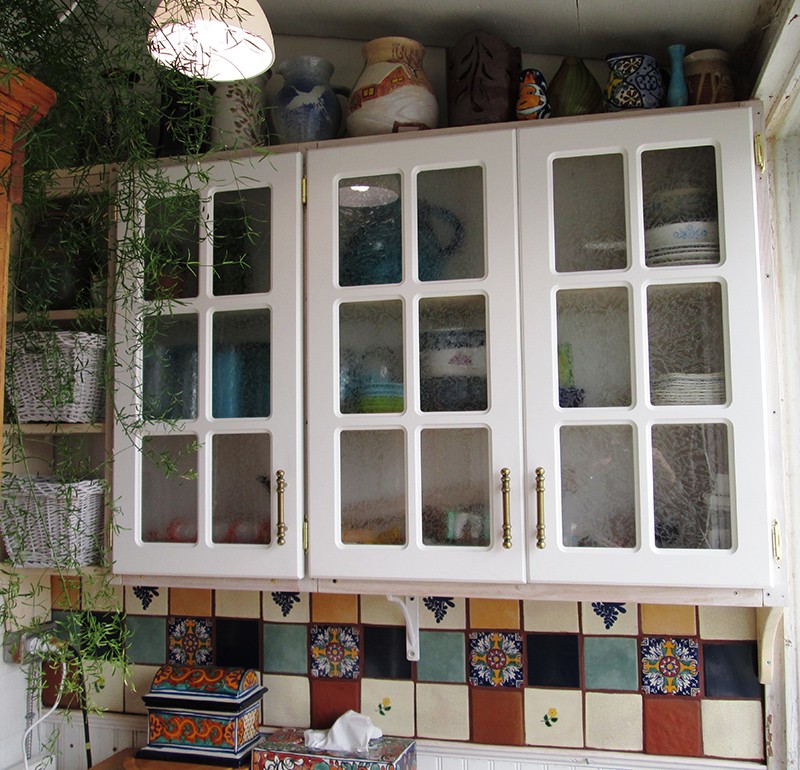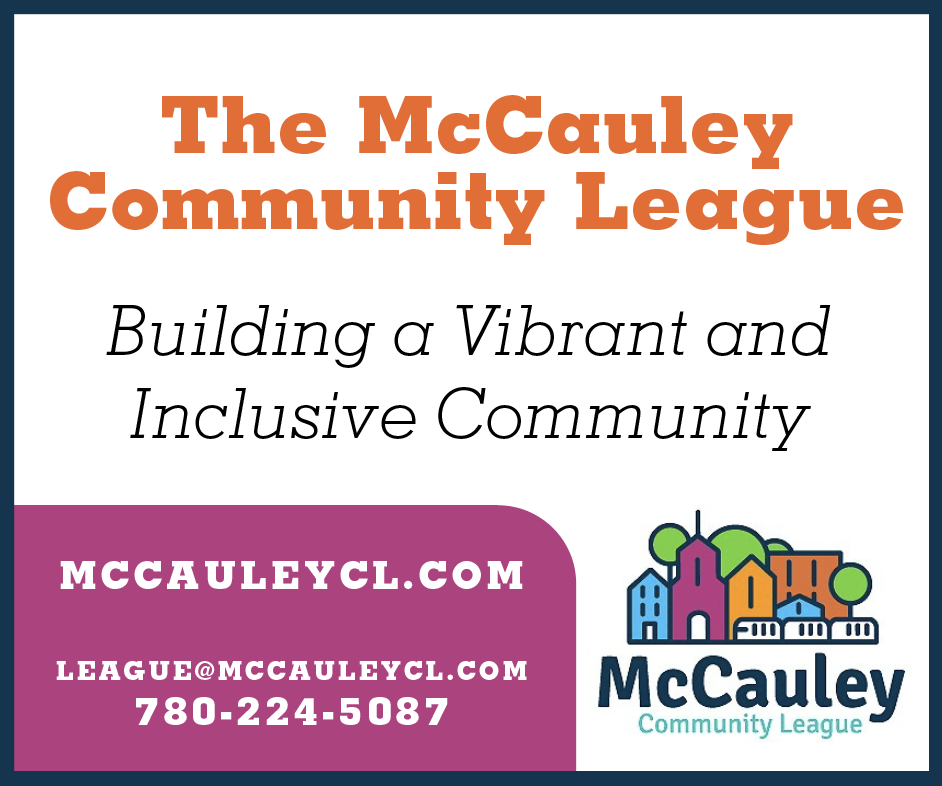Being Green Can Be Easy
Having an environmentally friendly home is not difficult and can be affordable.

There are lots of things we can do to be “green.” Our grandparents were leaders in using this idea. They often remade worn out things into new useful items, like making quilts out of old clothes. They composted chicken droppings into vegetable gardens. They burned piles of tree and shrub cuttings and used the charcoal for fertilizer to provide some of the nutrients necessary for plant growth. My sister showed me how to put used coffee grounds on rose bushes and evergreens because they like acidic soil.
Our grandparents reused old boards again and again. They used windmills to bring water up from a well in the ground (no electricity required). Old light fixtures can be re-wired by following the old wires. I get a lot of remodeling materials second hand at the Habitat for Humanity ReStore on 82 Street just off the Yellowhead Highway. I also shop at Value Village for used clothing and household items.
One of the simplest things to do to conserve energy is to change your light bulbs from incandescent to the new energy-saving ones. That’s the first thing I did when I bought my old house nine years ago. Even the chandeliers can use the new bulbs. They were more expensive then, but the price is coming down. However, they are toxic, so you have to be careful to dispose of them properly.
When I bought my 105-year-old house nine years ago, I didn’t know it had NO insulation – it is hard to tell until a pipe freezes in the winter. When the wind blew, you could hear it whistling through the windows and walls. I wonder how former residents stayed warm in winter. Our houses need to be sealed and insulated so the warm air stays inside! The kitchen cupboards serve as a cold-air exchange. When it’s -30 outside I can feel the cold when I open the cupboards.
A lot of energy saving ideas work together. Insulation is one of the best investments you can make in your house, as it keeps the heat you pay for from flowing out through walls and windows. Although it’s complicated, messy, and a lot of work, I have been slowly insulating my house from the inside by gluing 1.5 inches of foam insulation onto the plaster walls, sealing everything with caulking, and then putting wood wainscoting and plywood over top of that, so it will meet the building and fire codes. I have most of the main floor done now, but still have the upstairs to do. The insulation has made a huge difference in the house feeling warm inside, and also reduced the cost of heating bills.
One reason I bought this old house was because it had both a front porch and a back porch that are unheated, yet which serve as an air exchange (so the house loses less heat every time an exterior door is opened). That’s a basic principle of passive solar heating. I recently insulated the back porch floor and walls and built storage cupboards so it is more useable as a part of the house. The house stays much warmer now with the back porch insulated. The front porch is not insulated yet, but I did install triple-paned windows inside over a single sheet of glass, so it all helps.
There are many small things we can do to help make our daily living more sustainable and “green.” One is to make sure we turn off our taps so we don’t waste water. It’s just a good habit to get into, to not let water run freely while we do something else. That also reduces our water bills – every little bit helps.







